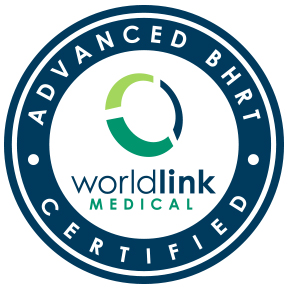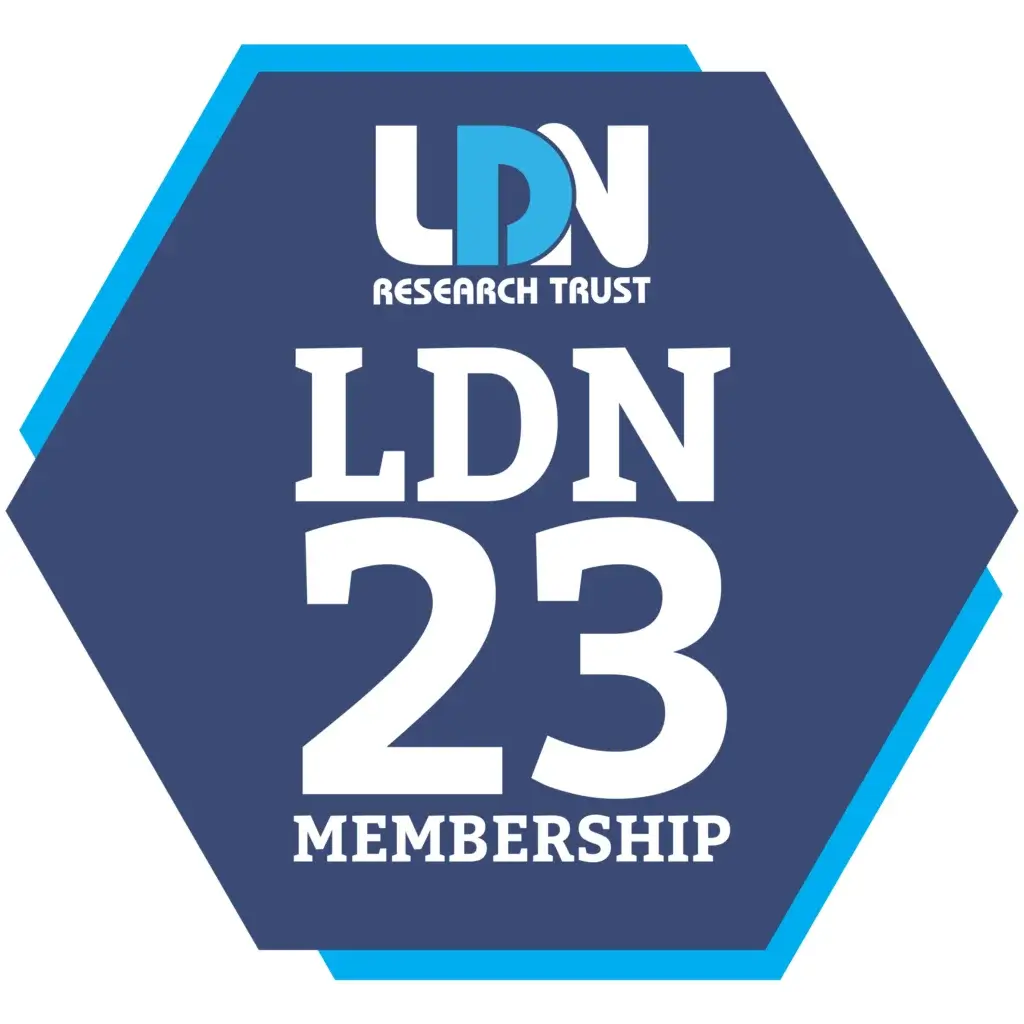Hypertension (high blood pressure) is a serious disease, which usually has no symptoms (much like diabetes). Also like diabetes, if left untreated over time, hypertension can have serious heath consequences. The damage to arteries, the heart and other organs caused by hypertension can result in a heart attack, heart failure, vision problems, stroke, kidney disease, erectile dysfunction, and memory loss. Adults age 55 years of age and older have a 90% lifetime risk of developing hypertension, which will often require the use of at least one antihypertensive medication, along with diet and lifestyle changes. Seventy-five percent of people with hyptertension will require at least two antihypertensive medications in order to achieve adequate control.
![]()
The good news is that even modest blood pressure lowering can translate to significant reductions in cardiovascular events. Diet and lifestyle changes (exercise, weight loss, smoking cessation, stress reduction, etc.) are crucial to promoting a normal blood pressure, and these diet and lifestyle changes could reduce or eliminate the need for blood pressure medications in many cases. However, even with medication use, diet and lifestyle changes enable the blood pressure medications to be as effective as possible.
![]()
Is Home Blood Pressure Monitoring Really Necessary?
Since blood pressure varies throughout the day and is influenced by our diet and lifestyle factors, home blood pressure monitoring can often give a more accurate picture of blood pressure over time. People with hypertension are encouraged to monitor their blood pressure between office visits to their healthcare provider in order to determine if treatment changes in current medications or lifestyle habits are indicated. Home blood pressure monitoring has been shown to result in increased motivation of the person now taking more responsibility for their own health, and seeing more timely how their positive lifestyle adjustments affect their blood pressure. Home blood pressure monitoring has also been shown to cut down on the number of healthcare office visits, thus, saving time and money. (Do you have “white-coat” hypertension? Go here for more information.)
![]()
Are Home Blood Pressure Monitoring Results Reliable?
Reliability of home blood pressure monitoring does depend on several factors. First of all, assuring accuracy of the monitor is crucial. Only monitors that have been validated or tested for accuracy should be used. A list of validated monitors can be found here, however, if your monitor is not on the list, it doesn’t mean it is not accurate, but only that it was not formally tested. Digital monitors that use wrist or finger cuffs have been shown not to be as reliable as those using upper arm cuffs.
![]()
Another crucial factor in the accuracy of home blood pressure monitoring is to assure the use of the right size cuff. The standard size cuff that comes with most monitors may not be effective. People with very thin or very large arms will need a smaller or larger sized cuff. In addition, the cuff should fit snugly around the bare upper arm with enough room to slip two fingers between it and the skin, and the bottom edge of the cuff should rest one inch above the crease of the elbow. Readings should be obtained using the same arm, but be sure to ask your healthcare provider which arm is best to use, as well as how to determine the appropriate cuff size for you.
![]()
Other Factors to Improve Home Blood Pressure Monitoring Results:
- Avoid eating, smoking, or drinking caffeinated beverages for at least 30 minutes before testing
- Avoid talking while testing and try to be calm; rest 5 minutes before testing
- Avoid crossing legs; sit comfortably with back supported in a chair and feet on the floor
- Rest your arm on a table, desk or chair arm so that the arm is at heart level
![]()
For a more thorough explanation on how to achieve accurate blood pressure readings, check out these links:








